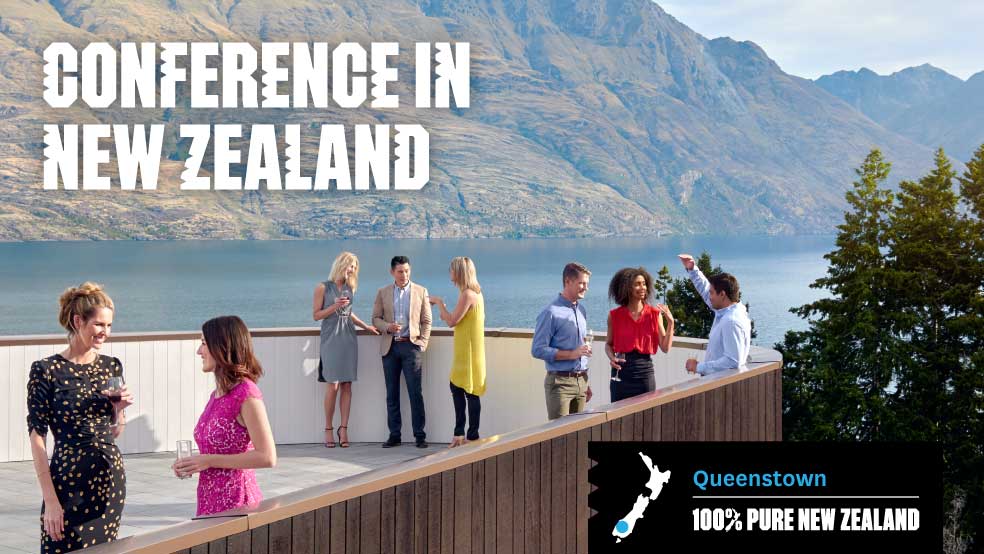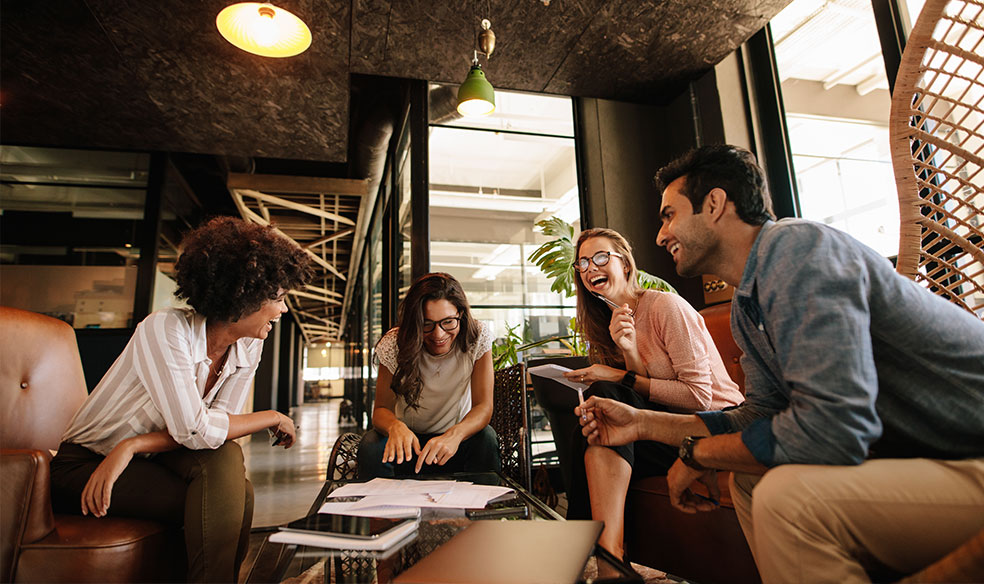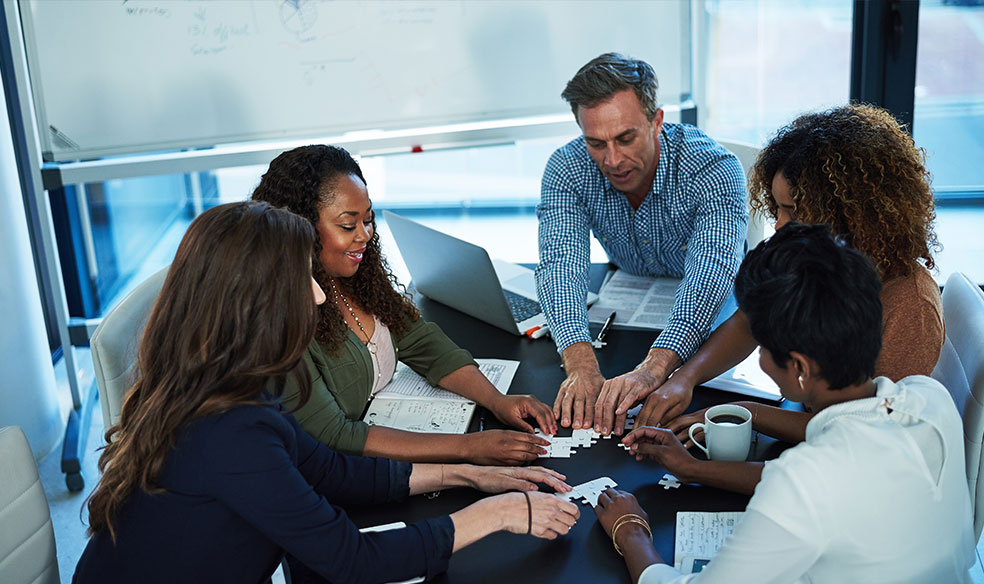The Australian
Why the old cocktail hour is far from the most effective way to facilitate networking at business events.Many of us stifle an internal groan when attending a conference and the facilitator divides us up so we can do some group activities.
But as much as we might prefer to listen and keep to ourselves, research shows that shared experiences can help form strong and lasting connections and make learning more effective.
Social psychologist and associate professor of management at the Melbourne Business School Jen Overbeck says creating stronger bonds and boosting learning with shared experiences taps into a phenomenon known as synchrony.
Research shows that when people do the same things – such as marching in lockstep or even sitting at a table and tapping the same rhythm on a paper cup – they then subconsciously align other aspects of their behaviour to the people with whom they perform the activity, Overbeck says. They find it easier to agree on decisions and they are more likely to comply with group requests.
A conference typically brings together people from different organisations or different parts of an organisation who will have different cultures and perspectives, so helping them form connections is a challenge.

Overbeck says the old conference standby, the cocktail hour, usually isn’t effective because there is no reason why participants would be pushed into sharing a common perspective.
“But with an exercise, some kind of shared experience, team building, any kind of really experiential activity, then you can help to push people beyond that,” she says. “The idea is you put them into this situation and you can create some shortcuts.”
Overbeck says she has attended a conference where the presenter, instead of standing at the front of the room talking through the idea he wanted to present, divided the room into small groups and asked each group to work on a small part of the idea.
“These people get to experience that realisation and transformation together in a way that is really quite impactful,” she says. “It was a really creative way to achieve a learning through something that the participants co-created. It was really neat.”
Lisa Gardiner, global manager of business events at Tourism New Zealand says there are some new technologies that are proving very effective at bringing people together at these sorts of events.
She says experts such as Tahira Endean, head of events at SITE global, are at the leading-edge of designing people-centric conferences.
Endean says: “If we ‘meet’ first on a digital medium, we have already established we share a common interest and are more comfortable meeting, so technology can ease social anxiety.
“With this initial barrier removed, we have the opportunity for deeper conversations, where we can validate and challenge assumptions, develop collaborations and incubate ideas – that is when we can make a positive impact, and ultimately is why we gather,” she says.

“But we also have event apps with in-app messaging and meeting makers, and then larger communities like LinkedIn groups, and when on-site, LinkedIn ‘near’ functionality which finds your connections who are geographically near you. “
All can become places to share stories and ideas leading up to and while you are connected in one place, says Endean.
“Technology is a wonderful tool for knowing who is attending your event and building connections before and on-site, and even more importantly for staying connected post-event and nurturing a relationship,” she says.
Sydney-based conference facilitator Mike Symonds, who describes himself as “Chief Funergizer” from Interactive Events says he has noticed that shared experiences are more intense. “The connection is an emotional connection as opposed to simply a theoretical kind of connection,” he says.
These experiences can be as simple as small group discussions, brainstorming sessions, sharing thoughts and feelings or working towards solving a problem.
One exercise Symonds likes to use at conferences is to divide participants into groups and have them solve a jigsaw puzzle with a few unexpected twists and turns.

“What it does is it actually really highlights how people negotiate with one another, communicate, interact, and how they work together, where they would work together towards a win-win solution or whether they’re simply going out for themselves,” he says.
“Doing something like that in the early stages of the conference can actually highlight the things that maybe the group is doing well and some of the areas that we need to improve on.”
Another effective activity is “ultimate paper, scissors, rock”, where the whole conference pairs off to play the hand-gesture game, the winners play other people and so on, until there is an ultimate winner. Losing participants have to cheer for the person they lost to, and the person that person lost to and so on.
Melbourne Business School’s Overbeck says conference organisers and facilitators don’t make enough use of the power of shared experiences.
She attends an annual professional conference where as an “old hand” she sits at a table where new participants are expected to sit down and join her to introduce themselves. “It’s a very strange, awkward experience for everybody,” she says. “But it’s not a very powerful experience.”
She says a shared teaching activity would be much more effective. “It would be a way that these new members could talk to each other. They’d have things to laugh about. They would learn something substantive, and I guarantee you they would walk away remembering that; they are not remembering walking in and sitting at a table,” she says.
Subscribe to our free mailing list and always be the first to receive the latest news and updates.
